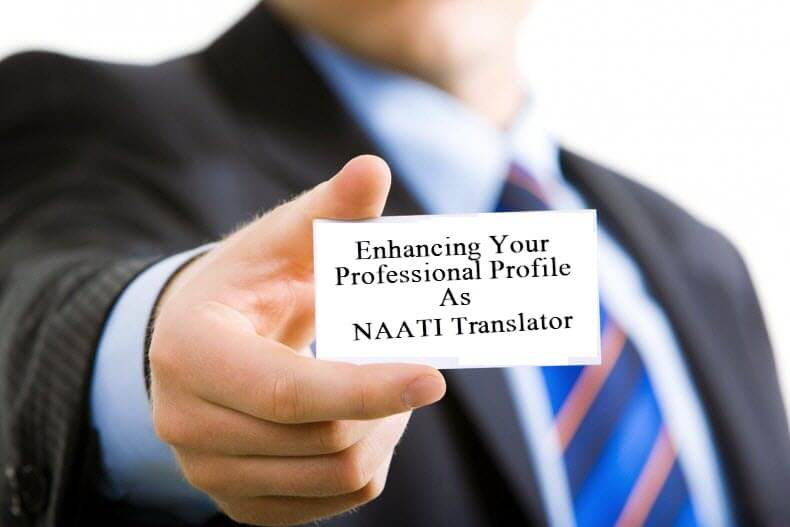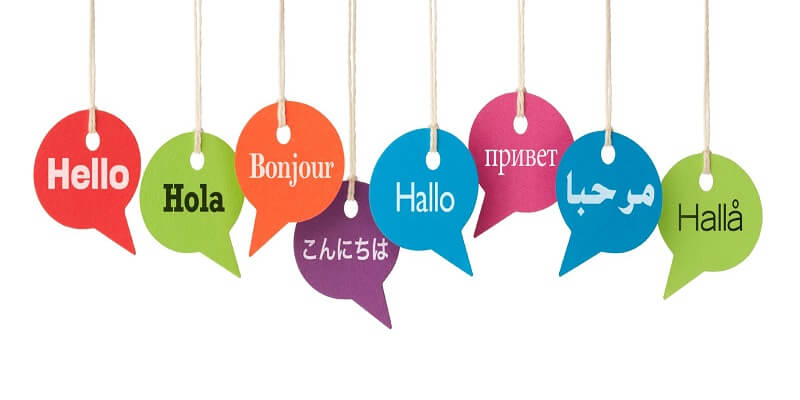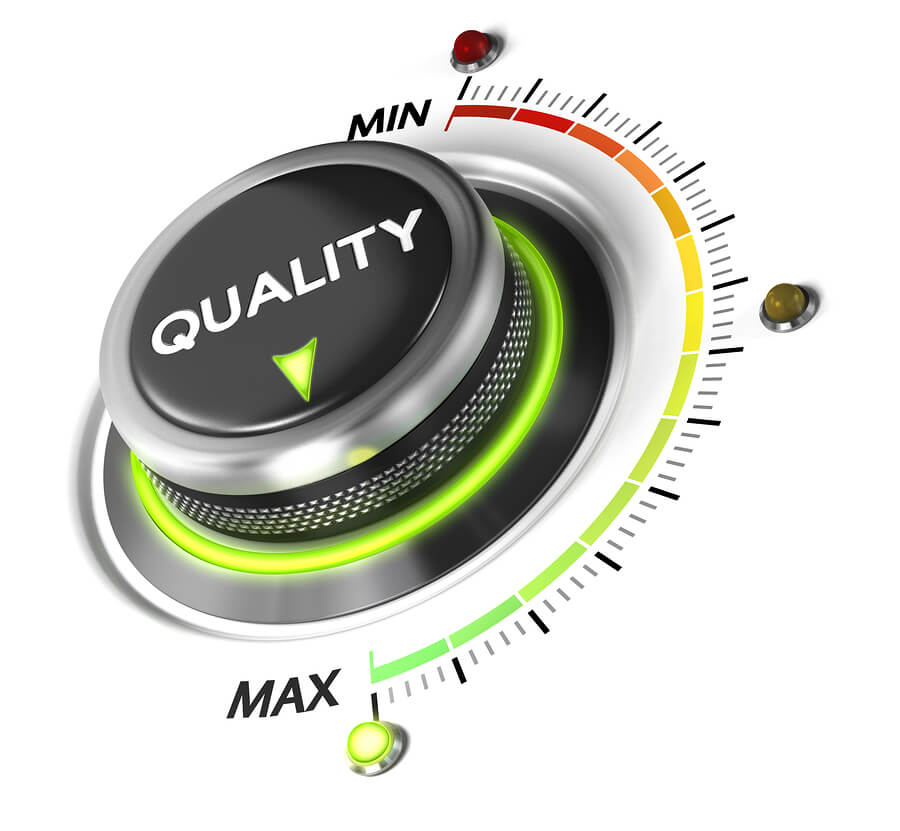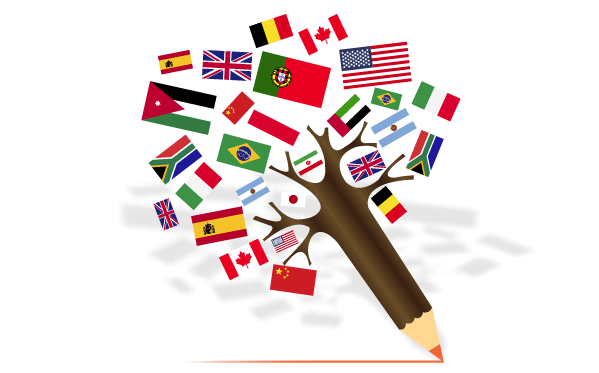Is your startup aimed at a multilingual market? Many startups fail to realize that their potential market size can be considerably magnified by taking advantage of a multilingual and often multicultural environment. Multilingualism and multiculturalism aren’t just an international context, but a national one, too. Many countries in the twenty-first century have multilingual and multicultural communities, even if there is one predominant official language. Multilingualism and multiculturalism are often part of the way national boundaries have been formed over the centuries.
To take advantage of this multilingual and multicultural reality, startups need to engage in professional translation and localization services to drive customer engagement and retention. Startups that build strong relationships with their customer base early on are most likely to have a healthy sales volume and become profitable and successful businesses.
Language as a Barrier to customer engagement
Research has shown that most people prefer to seek information about new products and services in a language they are most comfortable with. This seems to be the case even though the customer base is multilingual. Website browsing volume, for example, is greater if the content of the website has been translated into the languages of the potential customer base.
The Role of localization in customer experience
Localization is a process in which marketing material, web pages, traditional advertising in billboards, leaflets, magazines, newspapers, radio and TV broadcasts as well as through social media platforms is designed and tailored for a specific linguistic and cultural context. At the simplest level, it means converting things like currency and units into those of the target market. For example, a British startup that is intending to do business in the U.S. will need to use American units of measurement and currency rather than British ones. The U.S. example applies to vocabulary, too, even though both communities use English as the main language of communication. American English is noticeably different from British English, enough for potential customers to notice.
The role of localization is even more important as the languages diverge and cultural factors such as gender roles, religion, dress standards, and the use of colloquialisms and dialect become more important. Localization involves translation as well as a more refined adaptation of marketing material in the form of text, video, images, and graphics.
Building trust through multilingual support
Support for customers is an important aspect of marketing new products. Customers like to know that when they buy a product that is new to them that they can contact the manufacturer or distributor if they have any issues with that product. There may be warranty issues, a defective product, or instructions that are not quite clear enough, amongst other reasons for wanting to contact customer support.
Startups that set out from the onset to provide a multilingual support system are likely to build trust in their customer base. It’s hard for startups to avoid the reality of customer satisfaction or otherwise expressed through online reviews. A well-designed and effective multilingual support service is likely to lead to more favorable reviews than a non-existent support service for customers whose language is not that of the startup.
Brand perception and reputation management
Entrepreneurs understand the importance of creating an instantly recognizable brand. It’s something that can be frustrating for startups because unless they are offering a niche product or service, they will be up against the brand perception and reputation of their competitors who have been in business for much longer.
Conclusion
Not every startup will be operating in a multilingual or multicultural environment, but the modern reality is that this is becoming increasingly commonest startups can’t doo do all the translation and localization work all by themselves, which means that they need to choose professional services that can take on this important aspect of their marketing strategy for them.













